Best STEM Subscription Boxes for Kids (Tried & Tested)
STEM subscription boxes have been a huge part of our homeschool over the past few years.
Instead of scrambling to plan science projects or hunt down supplies, these kits arrive ready-to-go, packed with experiments and activities that actually work.
If you’re deciding which subscription to try, here’s a breakdown of the best STEM subscription boxes for kids, what’s inside, and who they work best for.
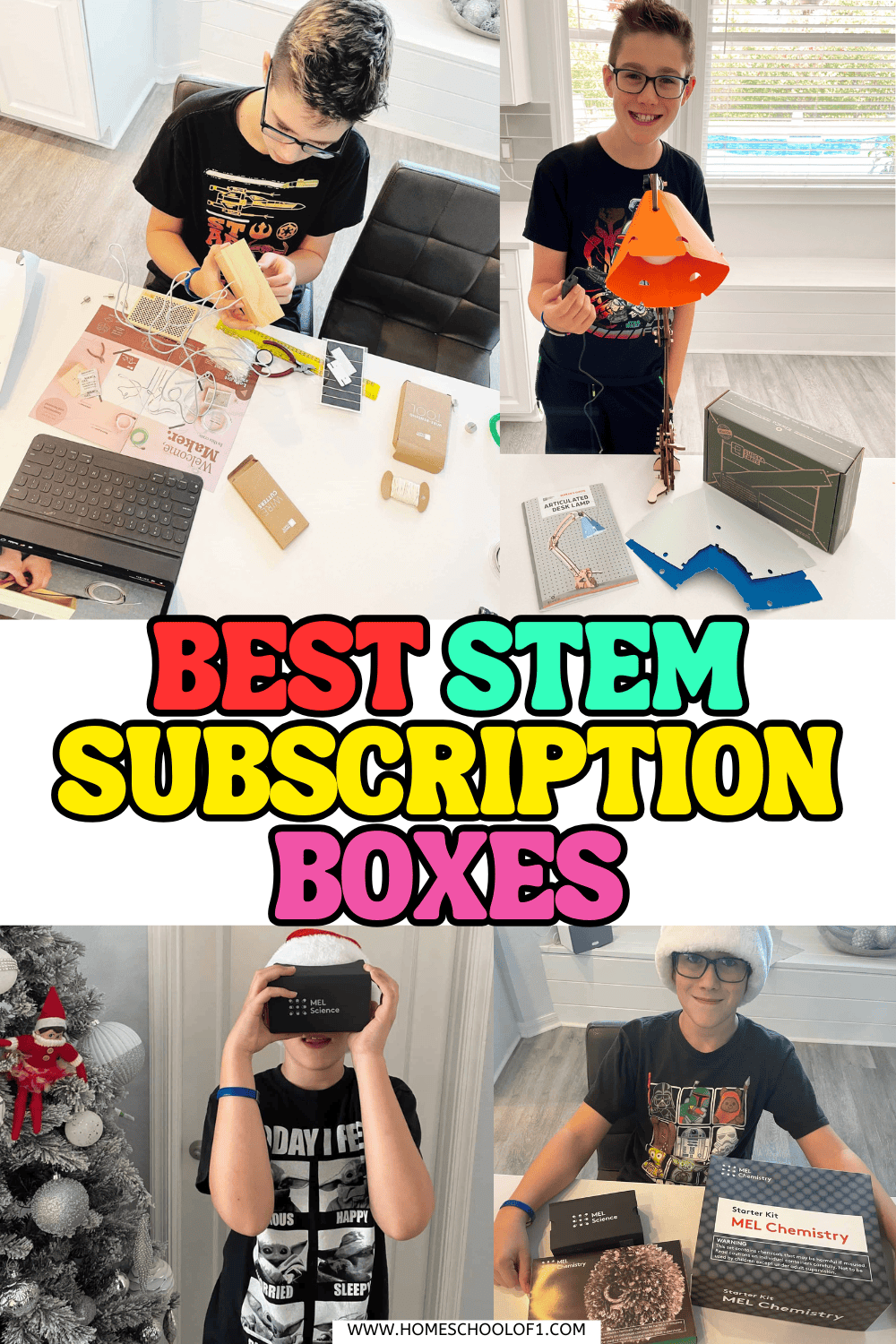
**This post may contain affiliate links. As an Amazon Associate and a participant in other affiliate programs, I earn a commission on qualifying purchases.**
We’ve personally used KiwiCo (all of their crates, from Panda to Eureka) and MEL Science (Chemistry, Physics, and MEL Kids) for years, so this isn’t just a list pulled from company websites.
These are boxes we’ve tested month after month, with plenty of messy kitchens, wide-eyed excitement, and real learning to show for it.
KiwiCo – The Most Versatile STEM Subscription
Why we love it:
KiwiCo has a crate for just about every age and interest. We started with the Tinker Crate and Eureka Crate for engineering builds, but we’ve also used the Panda, Koala, and Atlas crates at different stages.
What impressed me most was the range, whether your child loves art, engineering, or hands-on science, there’s a crate that fits.
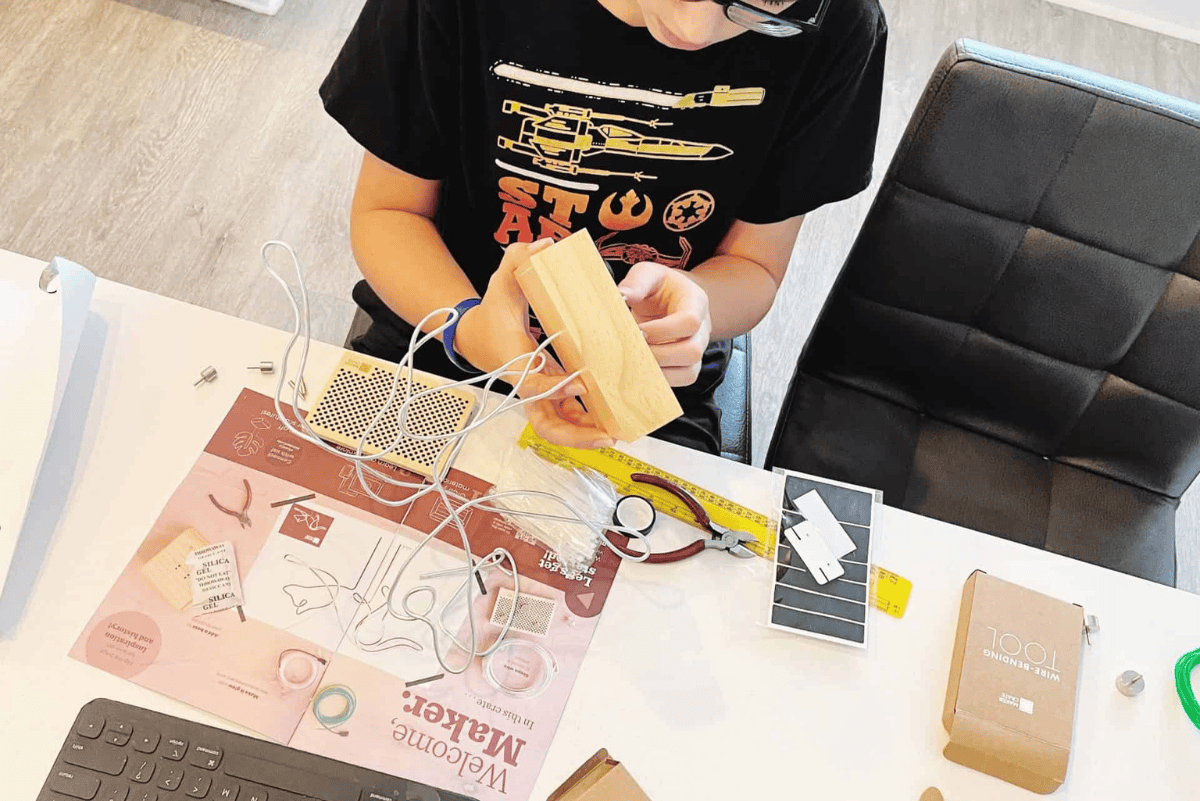
What’s inside:
Each box comes with everything you need (down to the batteries), clear instructions, and extra booklets that explain the science behind the project. Some crates have short-term builds (catapults, circuits), while others are more lasting (lamps, mechanical toys).
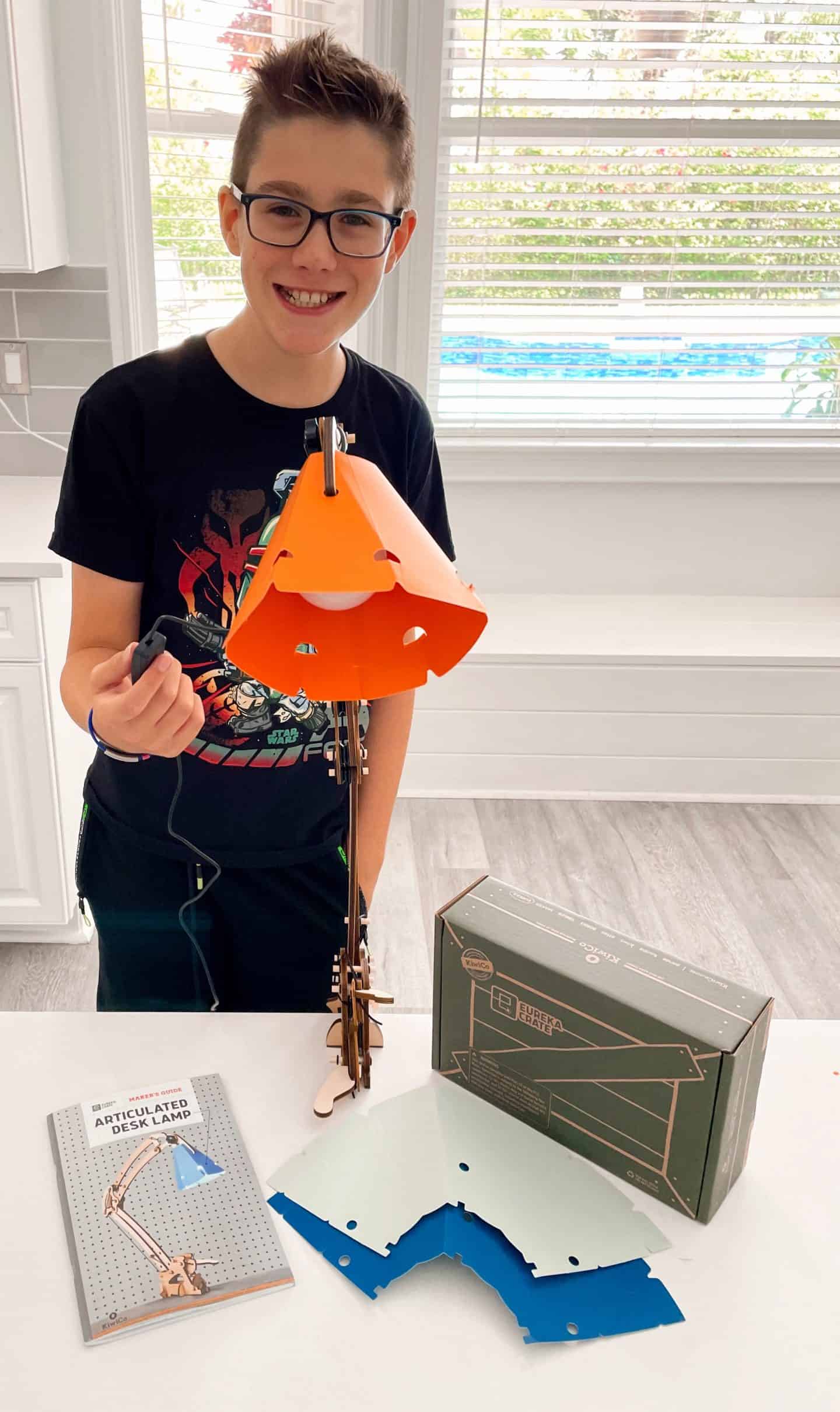
Read my full KiwiCo review here.
Best for: ages 0–16+, with themed crates for each stage of learning.
MEL Science – Best for Chemistry & Physics Lovers
Why we love it:
MEL Science feels like having a home lab. The Chemistry kits especially have given us experiments that fizz, glow, change color, and even produce fire (all with proper safety guides).
The app adds a lot too, AR lessons and VR goggles take the concepts further, showing kids what’s happening on a molecular level.
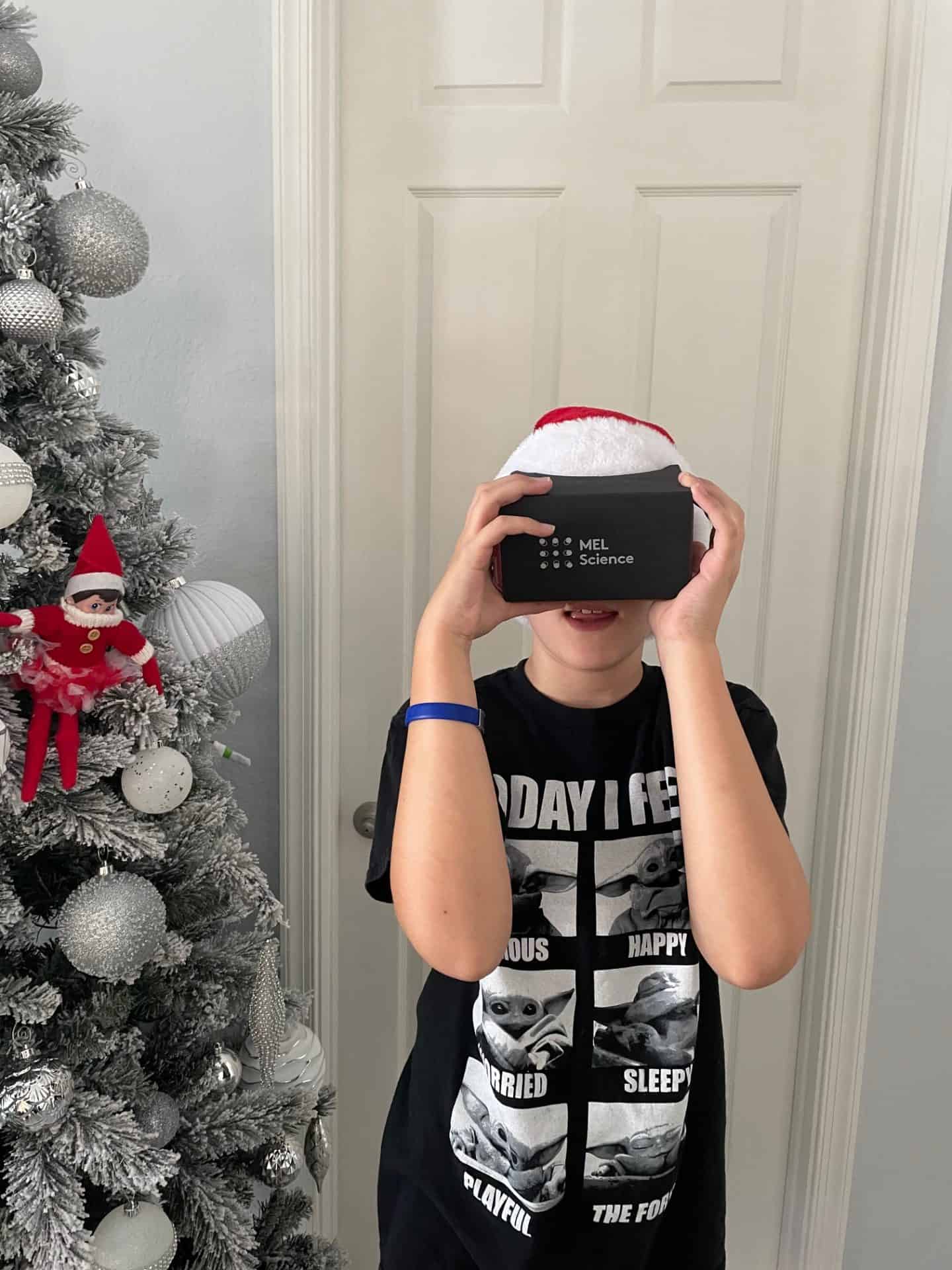
What’s inside:
Each monthly kit focuses on 2–3 experiments, with high-quality materials and a detailed guide. MEL Kids (ages 5–9) makes science playful with wooden builds and comic-style instructions, while the teen-level Chemistry and Physics boxes lean more academic.
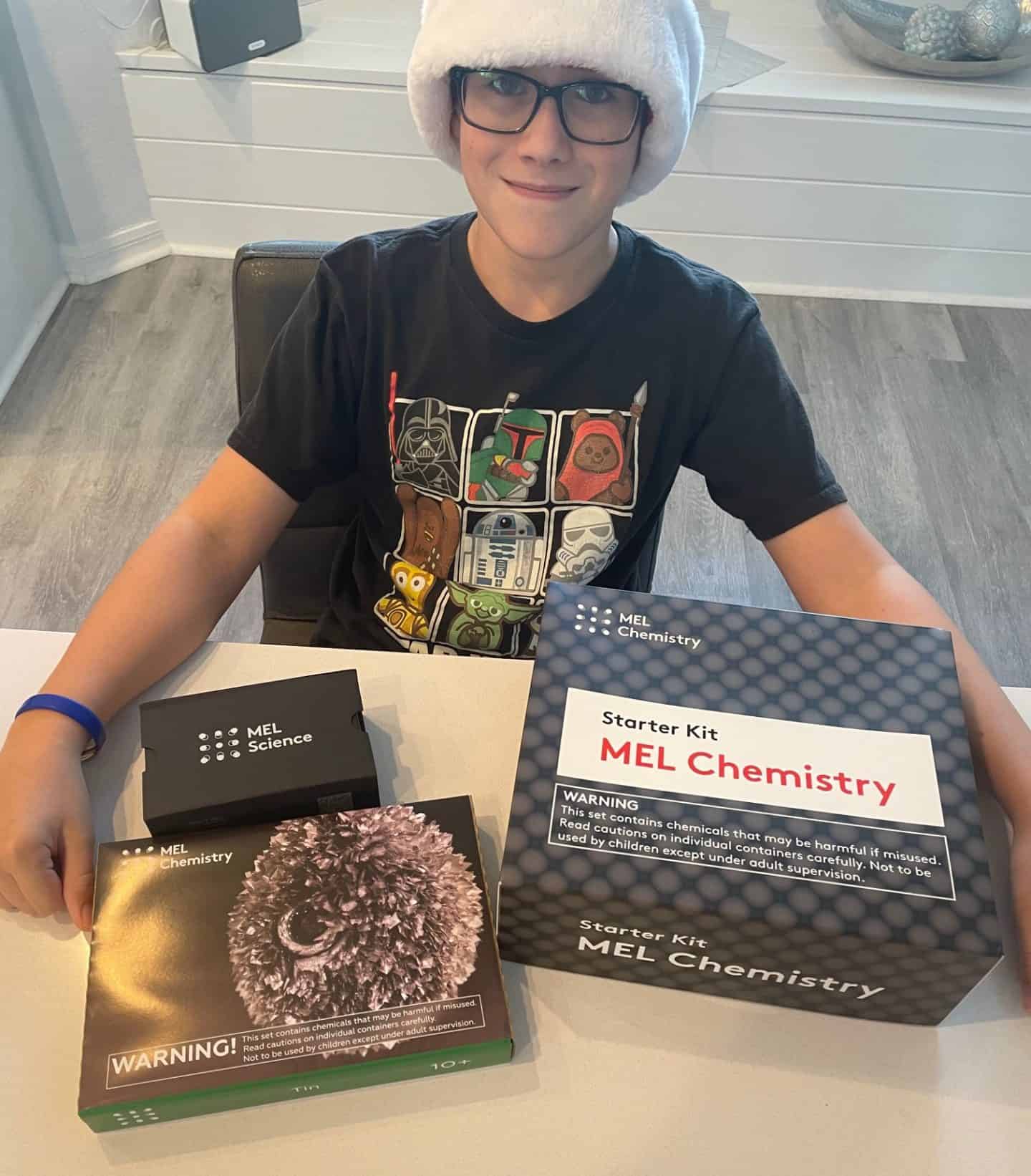
Read my full MEL Science review here
Best for: ages 5–16+, especially kids who love hands-on chemistry or want deeper explanations than most kits offer.
Bitsbox – Best for Young Coders
Not every STEM box involves test tubes and wires. Bitsbox is coding-focused, and my son loved creating little apps he could actually play on the iPad. It uses real JavaScript but starts simple enough that beginners don’t get overwhelmed.
Best for: ages 6–12, especially kids interested in computers and games.
Green Kid Crafts – STEM with an Eco-Friendly Twist
These boxes mix science with nature and art. Projects are educator-designed and often use recycled or eco-conscious materials.
We’ve gifted these before, and they’re always a hit with families who prefer activities that are both hands-on and environmentally themed.
Best for: ages 3–10, especially families who value eco-friendly activities.
How to Choose the Right STEM Subscription Box
When comparing STEM subscription crates, here’s what I’ve found really matters:
- Age fit: Some boxes look fun but are too advanced (or too simple). Always check the recommended age range.
- Variety: If your child bores easily, pick a subscription with different themes each month (KiwiCo is great for this).
- Depth of learning: For real science explanations (not just crafts), MEL Science is hard to beat.
- Budget: Most boxes run $25–$40/month. Multi-month plans usually save money, but I recommend trying one month first.
If you’re just starting out, I’d recommend KiwiCo for the sheer variety and flexibility.
If your child is already showing a strong interest in chemistry or physics, go straight to MEL Science. Both have kept my son engaged for years and made science one of his favorite subjects.
STEM monthly boxes aren’t just busy work, they’re a way to make science exciting, hands-on, and doable without hours of prep. For us, they’ve been worth every penny.

